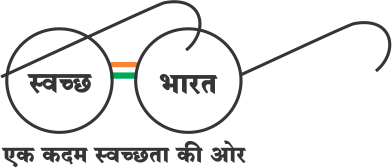CNC Turning Parts
Introduction:
Chain sprockets are integral components in the world of mechanical engineering, serving as the driving force behind various motion transmission systems. From bicycles and motorcycles to industrial machinery and conveyor systems, chain sprockets play a crucial role in transferring power efficiently and reliably. In this blog post, we'll delve into the intricacies of chain sprockets, exploring their design, functionality, applications, and more.
Understanding Chain Sprockets:
Chain sprockets are toothed wheels that mesh with the links of a chain to transfer rotary motion from one shaft to another. They come in various shapes, sizes, and configurations to accommodate different chain types and system requirements. Whether it's transmitting power in a bicycle drivetrain or driving a conveyor belt in a factory, chain sprockets are essential components in motion transmission systems.
Design and Functionality:
The design of chain sprockets is critical to their performance and longevity. Sprockets feature precision-machined teeth that engage with the chain links, ensuring smooth and efficient power transmission. The number of teeth, pitch diameter, tooth profile, and material composition are all factors that influence the sprocket's ability to transfer power effectively and withstand operational stresses.
Applications of Chain Sprockets:
Chain sprockets find widespread use across various industries and applications, including automotive, manufacturing, agriculture, construction, and more. They are commonly employed in machinery such as motorcycles, bicycles, conveyors, elevators, and power transmission systems. From driving machinery in industrial settings to propelling vehicles on the road, chain sprockets play a vital role in enabling motion and power transfer.
Advantages and Limitations:
One of the key advantages of chain sprockets is their versatility and efficiency in transmitting power over long distances and across various operating conditions. They are also relatively simple to install and maintain, making them popular choices in a wide range of applications. However, chain sprockets may experience wear and fatigue over time, especially in high-load or high-speed applications, requiring regular inspection and replacement to ensure optimal performance and safety.
Conclusion:
In summary, chain sprockets are essential components in mechanical systems, enabling efficient and reliable power transmission in various applications. Understanding the design, functionality, and applications of chain sprockets is crucial for engineers, designers, and maintenance professionals working with motion transmission systems. By harnessing the power of chain sprockets, industries can achieve smooth and efficient operation, driving innovation and progress in mechanical engineering.




